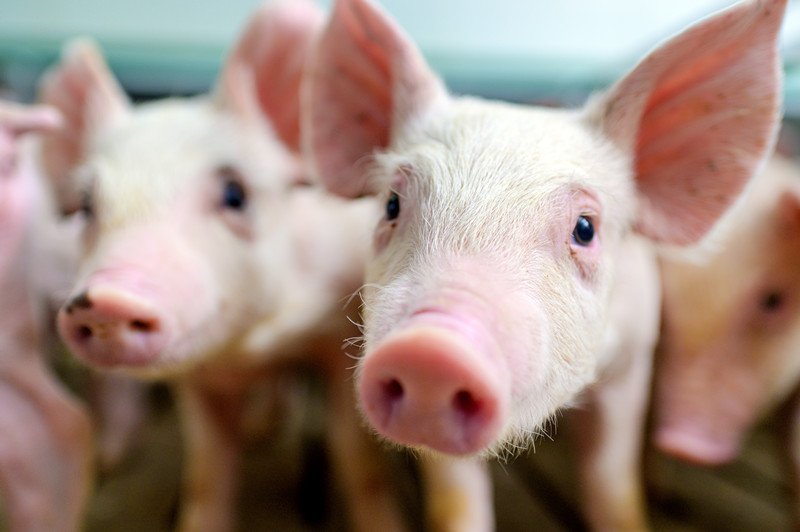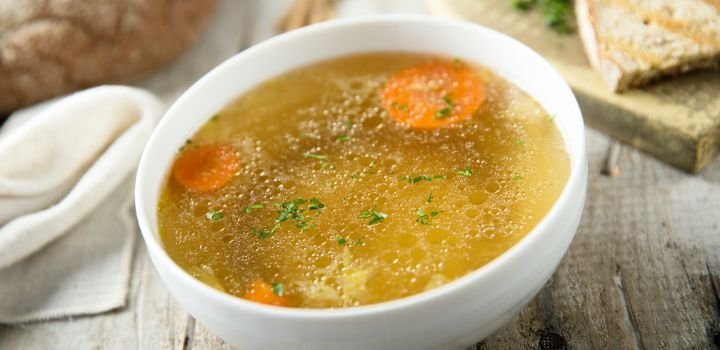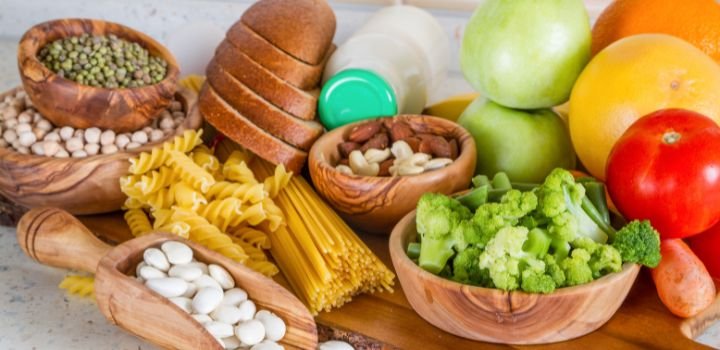Livestock health challenges
Early weaning in piglets is often accompanied by reduced growth and diarrhea; post-weaning diarrhea is usually related to the proliferation of one or more strains of enterotoxigenic Escherichia coli (ETEC) in the gastrointestinal tract.
Several nutritional strategies have been tested in recent decades to optimize the weaning transition and minimize enteric pathologies (Lalles et al., 2007).
Most research has studied the effect of feed components (e.g., protein, fiber, etc.) and alternative substances (e.g., organic acids, zinc, prebiotics, probiotics) on performance in pigs and on various parameters of gastrointestinal tract physiology, microbiology, and immunology, among which the beneficial effects of some organic acids and zinc sources have been confirmed.
And it seems that, above all, prebiotics and probiotics could be the most promising option to improve intestinal health in weaned piglets.
The main mode of action seems to be produced by changes in gastrointestinal microbiology, including a strengthening of the number of beneficial bacteria (lactobacilli, bifidobacteria) and/or a decrease in the number of potentially pathogenic bacteria (Escherichia coli, etc.) together with more favorable fermentation products along the gastrointestinal tract (Lalles et al., 2007).
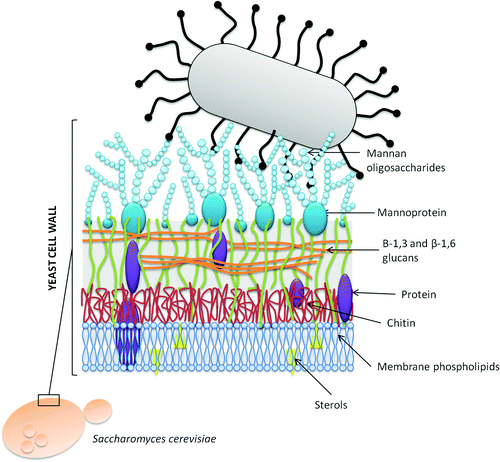
In addition, the positive effect of mannan oligosaccharide (MOS) prebiotics on the microflora in broiler cecal concerning Salmonella enteritidis colonization is also well described in the literature. Spring et al. (2000) found a reduction of Salmonella sp. cecum concentrations in broilers fed MOS compared to the control.
Early scours in calves are frequently associated with Escherichia coli (McGuirk et al., 2001). Heinrichs et al. (2003) observed a faster recovery in calves with scours supplemented with MOS compared to the control.
Improving intestinal health with MOS products
A probiotic is a culture of live microorganisms that can create and maintain beneficial microflora in the gut. Probiotics include live bacilli, bifidobacteria, and yeasts.
In contrast, prebiotics is indigestible ingredients that can positively affect the animal’s organism by stimulating the activity and growth of native beneficial bacteria in the gastrointestinal tract and eliminating pathogenic bacteria.
Several studies have demonstrated their beneficial effects when used alone or with probiotics using the synergistic effect (Heo et al., 2012).
MOS products in pre-starter or starter feed can be an essential tool to improve intestinal health in the peri-weaning period.
Polysaccharides such as MOS and β-glucans are the main components of commercial yeast walls (MOS products).
MOS are indigestible carbohydrates, which have a positive regulating effect on the intestinal flora.
Thanks to their specific affinity, MOS can agglutinate (adhere) pathogens that develop type 1 fimbriae (coli and Salmonella), thus preventing the adhesion of pathogenic bacteria to the intestinal wall. The MOS-bacteria complex is excreted through the feces.
Since adhesion is the first step for microbial invasion, blocking the fimbriae can prevent or eliminate the infection. At the same time, beneficial bacterial flora (bifidobacteria, lactobacillus ssp. ) is supported by stimulating their growth or activity in the gastrointestinal tract.

The β-1.3-1.6-glucans are high molecular weight polysaccharides. They have stimulatory effects on the innate immune system by activating macrophages and increasing the production of cytokines, which are the initiators of the immune response. Therefore, they can strengthen the natural defenses against bacteria, viruses, and parasites.
Comparison of quality parameters
A wide variety of MOS products are available on the market, but there are differences in their quality:
1. Activity to absorb pathogens.
This is the main parameter to compare.
The higher the mannan content of the product, the stronger its adsorbent effect.
2. Starch content.
The starch content should be as low as possible to ensure that the purity is high.
3. Origin of yeast.
Yeast of “primary origin” (baker’s yeast) is fermented only to obtain “premium” yeast products. Thanks to the controlled production process.
The wall activity of baker’s yeast is advantageous compared to other by-products of beer/ethanol production.
4. Particle size.
Another important characteristic is particle size. Tiny particles extend the surface of the product and allow a higher adsorption capacity.
Biochem offers a MOS* product to the market that promises consistently high quality, as reflected in its consistently high MOS and β-glucans. The small particle size of their MOS* product also results in a high pathogen binding potential, as shown in the following study.
Testing with MOS products: In vitro adhesion capacity
Hiyeast has developed the product of MOS as hydrolyzate yeast cell wall as toxin binder, it’s soluble. The MOS in the yeast cell wall is totally fictional only the surface on the yeast cell wall is working for binding through mycotoxin or pathogen.
The hydrolyzate yeast cell wall is the generation 2 for toxic binder, comparing to the yeast cell wall. the hydrolyzed yeast cell wall goes through a process of hydrolyzation and the Mannan and protein part of the yeast cell wall and releases to soluble to water, it has a much bigger contact area between Mannan and mycotoxin comparing the common yeast cell wall.
Please see the data of hydrolysate cell wall performance in virto:
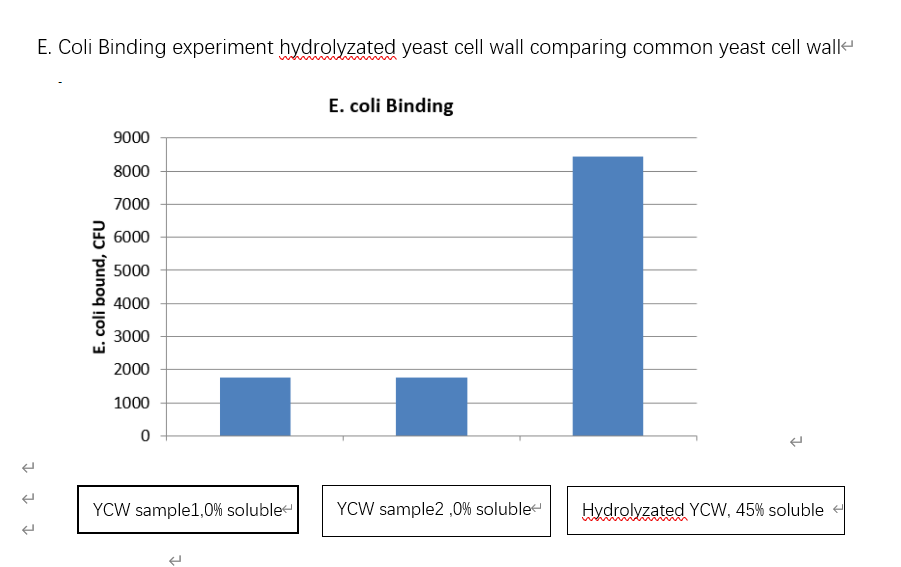

Conclusion
Scientific studies and extensive practical experience have demonstrated the potentiating effects of MOS products in all types of pig production and calves and poultry.
MOS products can be used to stimulate growth and immunity in a natural way. However, it is essential to compare the quality characteristics of MOS products: mannan and beta-1.3-1.6 content, yeast origin, purity, and particle size. These properties mark the real effectiveness and benefit.

